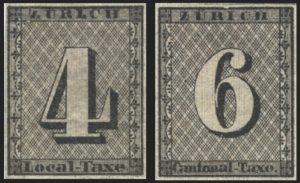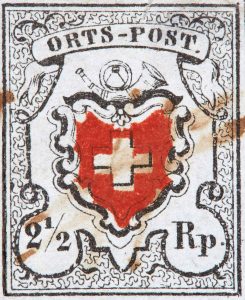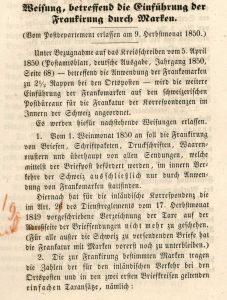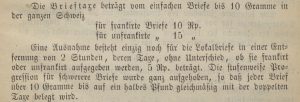
The battle over postage stamps
In 1850, Switzerland got its first national postage stamp. But it took a long time to persuade everyone to use it. The reason for this was, as usual, money…





The first time…
There’s always a first time. In this series, we will be looking at historic Swiss firsts. The topics covered are very diverse: from the first zebra crossing to the first ever popular initiative. The articles have been produced in cooperation with the Schweizerisches Bundesarchiv (Swiss Federal Archives).



